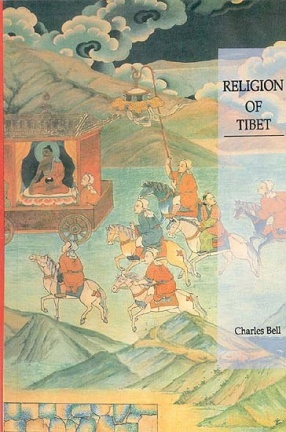
Showing all 5 books

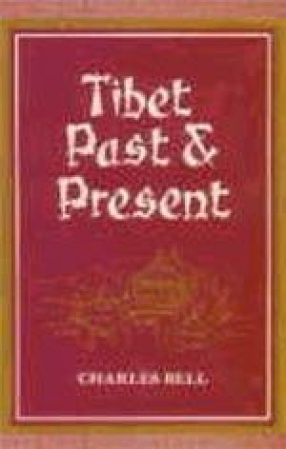
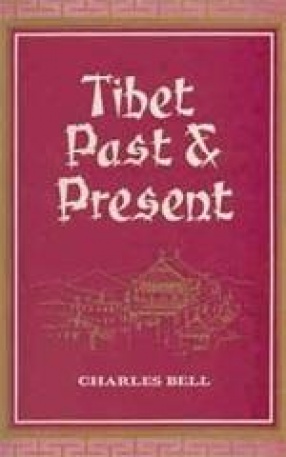
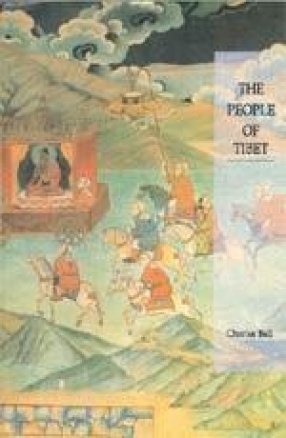

This Volume forms a sequel to the author's Tibet: Past and Present and The People of Tibet. Like them, it is in part an historical account, in part a description of conditions in the earlier part of the twentieth century. Sir Charles Bell traces the history of the introduction of Buddhism of the resistance of the developments which have taken place within Tibetan Buddhism itself. The latter part of the book deals more particularly with the religious organization, ...
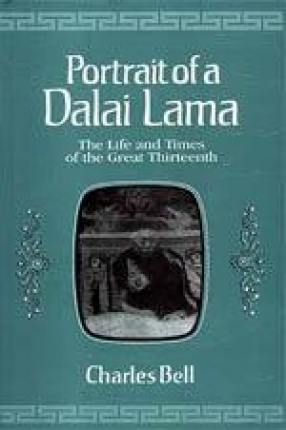
The Dalai Lama of Tibet are unique. A succession of fourteen have been guiding the spiritual life of the Tibetan people for nearly six centuries, and for three hundred years have held secular power as well. Revered as the human embodiment of Chenrezig, the Buddha of Compassion, they choose, out of their great desire to benefit others, to reincarnate life after life as the Dalai Lama. Thubten Gyatso, the Thirteenth Dalai Lama, was born to a peasant family in 1876. ...

This book is the first profound study of Tibet from the geopolitical angle. Tibet has many attractive features like its cold climate, in-accessibility, large lakes, imposing mountains with hidden valleys, high elevation, i.e. no place below 16,000 feet above sea level, picturesque monasteries located on mountain slopes, monks, monk administrators and rulers, priestly diarchy of Dalai and Panchen Lamas, a small ill-equipped but heroic army, love hate relations ...

This book is the first profound study of Tibet from the geopolitical angle. Tibet has many attractive features like its cold climate, inaccessibility, large lakes, imposing mountains with hidden valleys, high elevation, i.e. no place below 16,000 feet above sea level, picturesque monasteries located on mountain slopes, monks, monk administration and rulers, priestly diarchy of Dalai and Panchen Lamas, a small ill-equipped but heroic army, love hate relations with ...

The Present book is an attempt to speak about the life of the Tibetan people in their homes. The contents are leaved on the author's first-hand knowledge of Tibetan life during a residence of nearly twenty years from conversation with his Tibetan acquaintances in their own language, not through interpreters. In order to keep this volume within moderate limits he had to exclude from it many aspects of Tibetan life. Shut-off from the outer world by their immense ...
